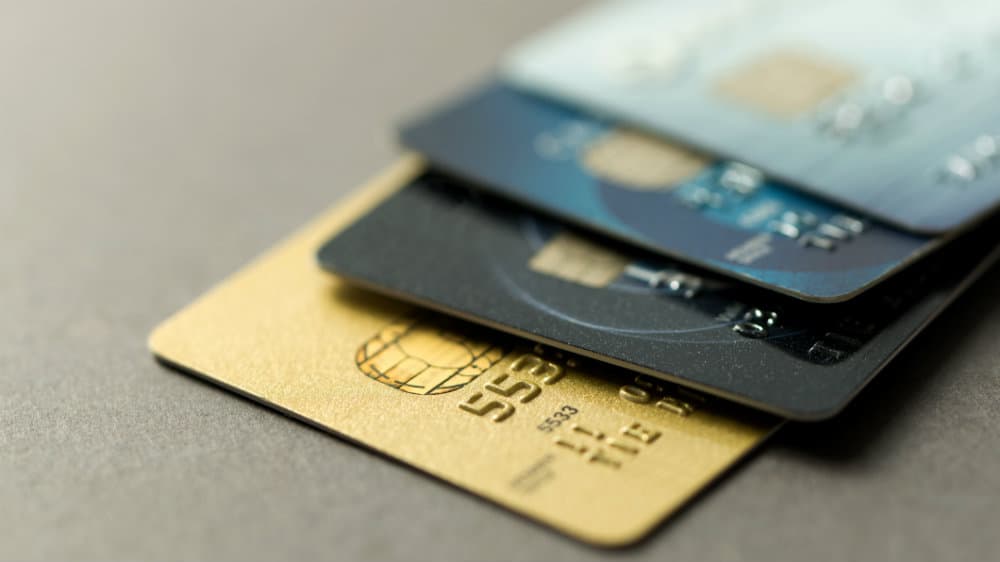If you have credit card debt, signing up for a 0% balance transfer credit card can slash the interest you pay to zero, enabling you to focus on paying off your balance rather than servicing the interest. It can also help improve your credit rating.
Take a look at these ten dos and don’ts to help you work out whether a 0% balance transfer card is right for you.
[top_pitch]
Should you invest £1,000 in Games Workshop right now?
When investing expert Mark Rogers has a stock tip, it can pay to listen. After all, the flagship Motley Fool Share Advisor newsletter he has run for nearly a decade has provided thousands of paying members with top stock recommendations from the UK and US markets. And right now, Mark thinks there are 6 standout stocks that investors should consider buying. Want to see if Games Workshop made the list?
1. DO choose the right 0% length for you
The longest 0% balance transfer cards typically charge a fee, meaning you’ll pay 1-3% of the balance you are looking to shift. If this seems hefty, or if you know you can pay off your balance earlier, it’s worth considering a no-fee balance transfer card. These generally offer shorter 0% periods than cards with a fee, but they are a better option if you don’t have the money for an upfront fee.
2. DO be aware that the 0% length on some balance transfer cards are ‘up to’
While many of the market-leading 0% cards will advertise their long 0% periods, be mindful that some of these lengths are ‘up to’. This means you could be offered a shorter 0% period depending on your credit score.
3. DO transfer your balance within the set period
Most balance transfer credit cards require you to move your balance from your existing card to the new card within a set time limit. The transfer period is typically 1-3 months after you take out the card. If you don’t move your balance within this time, you won’t get the 0% period.
4. DO pay off your debt before the 0% period ends
When deciding on which card to go for, ensure that you can pay off your debt within the 0% timeframe to avoid paying interest. To do this, calculate how much you can afford to pay off each month.
If you can’t pay off your balance within the 0% timeframe, then you may be able to do another balance transfer in the future.
5. DO note that you can’t always transfer a balance within the same banking group
Some providers won’t let you shift your balance to them if you have a credit card balance with another bank in the same banking group.
For example, if you’re looking to transfer a balance from a NatWest credit card, it’s likely you won’t be able to shift it to an RBS 0% balance transfer card as they’re sister banks. Always read the terms and conditions before applying.
[middle_pitch]
6. DON’T assume long 0% periods will continue
While current 0% offerings are significant, they aren’t quite as generous as they once were. This trend may continue, meaning that balance transfer cards with lengthy 0% periods may not be as widespread in future. Don’t bank on being able to transfer your debt year after year with the same 0% periods.
7. DON’T miss a monthly payment
While a 0% balance transfer credit card can mean you’ll pay no interest on your debt, it doesn’t mean you’ve nothing to pay. Always make at least the minimum monthly payment to ensure you don’t lose the 0% period.
8. DON’T assume you’ll get to shift all of your debt
Credit limits vary from person to person. If you have a poor credit score, then it’s possible that even if you’re accepted for a 0% balance transfer card, you may only be able to shift part of your existing balance. If this happens, it’s worth shifting what you can to ensure you minimise the interest you pay on your existing card.
9. DON’T spend or withdraw cash on a 0% balance transfer card
If you spend or withdraw cash on your new 0% balance transfer card, you’ll lose the 0% period. If you need a card that allows you to spend or withdraw cash, look at 0% purchase cards instead.
10. DON’T apply for just any 0% balance transfer card
Every application you make for a 0% balance transfer card goes on your credit file. Too many applications in a short space of time can make it difficult for you to obtain credit in future, so it’s best to limit them.
To help with this, use an eligibility checker to see the cards you’ll most likely be accepted for. It’s also worth learning more about your credit score and improving your credit rating if you need to.







